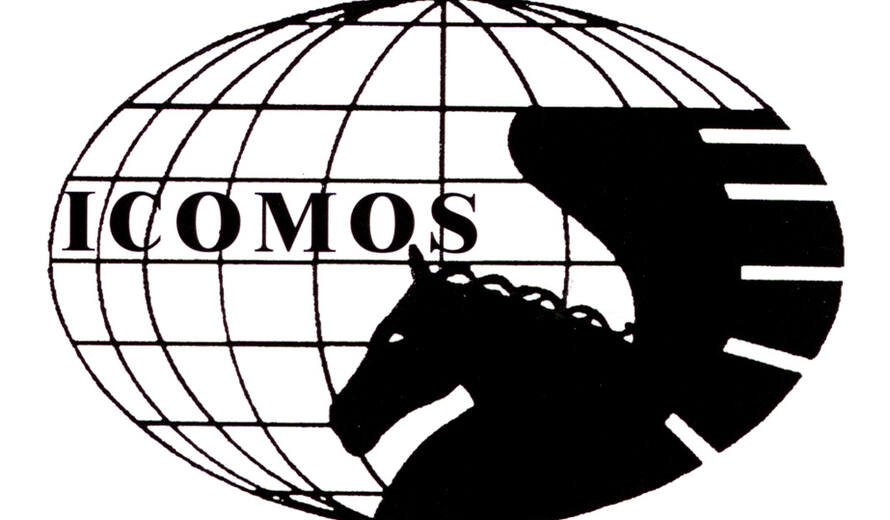Monuments and Sites in their Setting: Conserving Cultural Heritage in Changing Townscapes and Landscapes
The 15th ICOMOS General Assembly and the International Scientific Symposium with the theme Monuments and Sites in their Setting: Conserving Cultural Heritage in Changing Townscapes and Landscapes were officially opened on 17 October in Xi’an, China. A special celebration marking ICOMOS’s 40th anniversary and an exhibition on its achievements during its existence are planned during the meeting which will end on 21 October.
As one of the Advisory Bodies of the World Heritage Committee, ICOMOS provides the Committee with evaluations of properties with cultural and mixed values proposed for inscription on the World Heritage List, as well as with comparative studies, technical assistance and reports on the state of conservation of inscribed properties.
Since its inception as an organization created to foster and promote scientific and professional exchange related to the care and conservation of immoveable cultural heritage, ICOMOS’s focus has largely been on the conservation of individual heritage places, such as monuments, sites, ensembles or landscapes. Yet this focus has always been complemented by particular concern for the relationship between places and their setting, and the crucial role setting plays in the overall significance of cultural heritage. However, increasing concerns about the impact of rapid development on the environment, is supporting the need to broaden attention from a narrow focus on individual sites or places to a more spatial approach which reflects, and works to engage with, wider cultural, social and economic forces.
The International Scientific Symposium of Xi’ian will take place parallel to the General Assembly and will concentrate on four themes: definition, threats, tools and there will be a special focus on heritage routes. Each theme will be treated in plenary sessions and by panels so as to optimize the exchange of experience and interdisciplinary approaches. In addition, poster sessions and professional fora will enable participants to address other related topics and share their experiences in the fields of materials, technologies, methods, tools and information management, etc.
At the close of the General Assembly, the Xi’ian Declaration will be produced which will embody recommendations and guidance on ways to appraise, manage and protect settings which reflect not only planning and legal perspectives but also cultural, social and economic approaches, that allow wider community participation and benefit.
